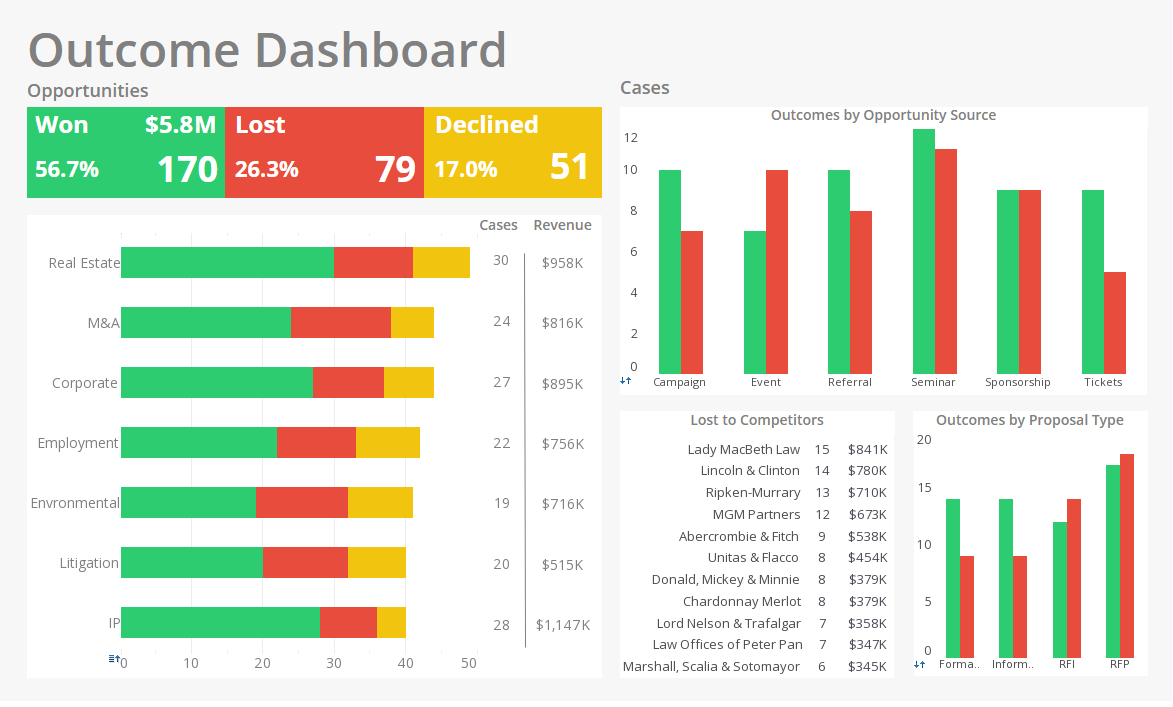InetSoft CEO Discusses Unique Features of Data Mashup with the Business Intelligence Network
Nott: With this approach, I guess I am surprised that more BI applications aren't providing this exciting capability. Do you have any ideas about that?
Liang: Actually that is a question we have been asked before as well. And I am really glad you brought that up, because that is a very legitimate question. There are a couple of key reasons why this not so common in BI, yet. Because as you said, Forrester is already predicting a huge market for this.
But why has this not happened before? First of all, on the business end, different things have been tried before, and I think we are going towards more and more of a balance between formal and informal processes.
Businesses have begun to recognize that both processes have their place, and many times there needs to be a mix and match. And people need to be given different abilities to explore those different types of data and information.
The formal data side, many times was represented by the data warehouse and data mart because those are very well designed and well thought out data repositories.
Then on the informal side, obviously by definition, it is not something that will be well designed, but they happen every day in everybody's business life. How do you mix those two, it's a relatively new balance we are beginning to achieve. And before the drive was to make everything formal; jam everything into a data warehouse. More and more, people are realizing that is not going to be the case.
Second, data mashup, itself, as a standalone product, it is not very viable. You need tools on top of data mashup to be able to really explore those data assets that you are going to produce out of that process. What are the key tools we need? We need reporting. We need analysis tools. We need visualization.
That's where actually we as a company have that advantage because we have been a vendor in this space for the past 12 years. We have a lot of experience in visualization and publishing. We put a couple of components together. So now we have data mashup � which sits at the bottom of the stack that connects to different data sources. Then on top of that we have visualization and reporting which let the user take advantage of the data mashup instead of using that mostly as a data tool to get the data out.
Second you need to come up with a new infrastructure to support that. It is not very easy to plug in data mashups into a traditional environment that has been tightly designed around a data warehouse or Excel world. A lot of investment in the BI space during the past couple of years does not have this concept in mind. But now it is beginning to change. Now finally we are beginning to see interest in the broad world.
| Previous: Business Intelligence - Data Mashup |
Next: Data Mashup - BI Trends
|

